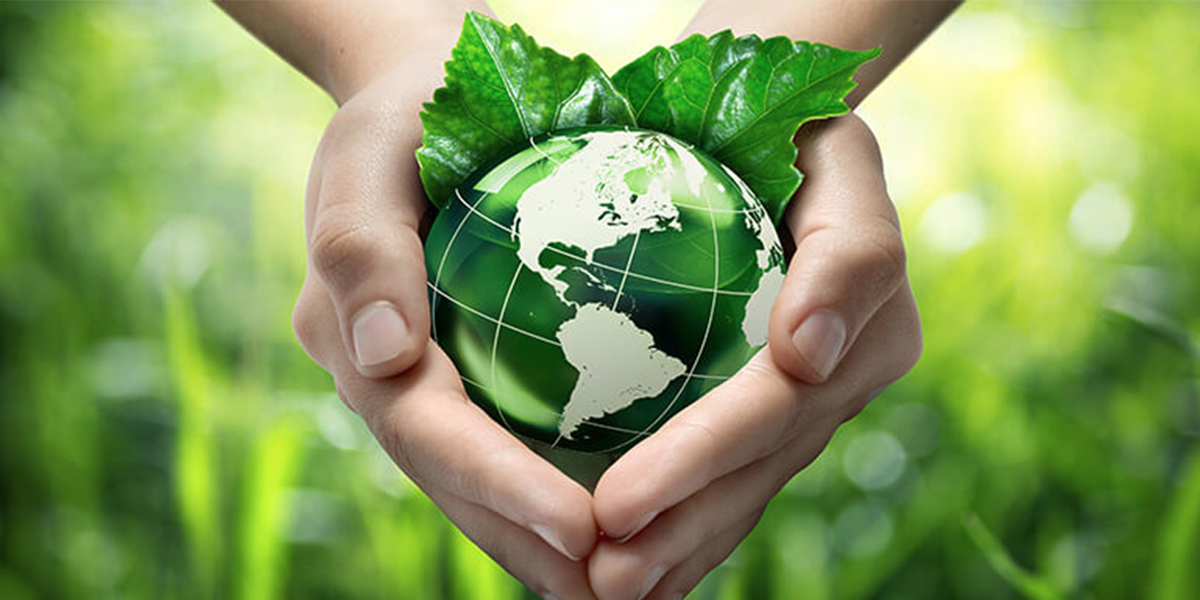
How The Coca-Cola Company Approaches Sustainability
How sustainable practices can positively impact the bottom line

If you’re like most people, chances are you think sustainability is a good thing but struggle with exactly what it means and how it is or should be relevant to your business. The Oxford Dictionary defines sustainability as “keeping something going continuously,” but nowadays it’s a term often used in connection with our environment. The fact is there are many definitions, and companies have different reasons for being more or less engaged with the topic. Perhaps a snapshot of how The Coca-Cola Company approaches this complex but vital subject will provide food for thought to help shape your perspective.
There are many aspects to sustainability in an environmental context, but three common factors are energy, recycling and water. The Coca-Cola Company addresses it slightly differently and frames it from three viewpoints: Me, We and World:
- People (or “Me”) – all about people and personal well-being
- Community (or "We") - focuses on building strong communities
- Environment (or "World") - starts with water and protecting the environment we all share
“We view challenges such as water scarcity, climate change, economic disparity and obesity as interdependent, since an improvement in one may positively affect outcomes in another,” says Kelsey Ehlers, customer manager, Coca-Cola Parts Supply Chain, Coca-Cola Refreshments. “Similarly, a decline in one area may hamper progress in another,” she adds.
Many businesses are surprised to learn that adding sustainable practices can provide alternate revenue streams, cut expenses, and help win new customers. But the fact is we often hear that shoppers consider sustainability when making purchases and associate the term with positive attributes such as integrity, health, community or opportunity. And many industry leaders and CEOs believe that sustainability issues are critical to the future success of their businesses.
The Coca-Cola Company acts on the belief that profitable growth and social responsibility go hand-in-hand, which is one reason sustainability-minded innovations are woven into every aspect of our business. Here is some of what we are already doing and hope to achieve in the not-too-distant future:
- Equipment: All newly purchased cold drink equipment HFC-free by 2015, reducing direct greenhouse gas emissions by 99% and carbon-equivalent emissions by a projected 52.5 million metric tons over the life of the equipment (the equivalent of taking more than 11 million cars off the road for one year).
- Packaging: Use of our PlantBottle® technology – the first fully recyclable plastic bottle made with up to 30% plant-based materials -- for all of our PET plastic bottles by 2020.
- Recycling: Recycle ourselves, or support third parties who will recycle, a bottle or can for every bottle or can that we sell in the U.S. and Canada (44% of those we place in the market are recovered and recycled today).
- Landfill Diversion: Since 2011, we have retrofitted more than 55,000 pieces of equipment to ENERGY STAR standards and diverted 98% of equipment materials from landfills.
- Alternative Energy: In our manufacturing facilities, we’re improving efficiency, promoting green building and increasing alternative energy use.
Partnerships with NGOs, government agencies, academic institutions, community organizations, non-profits and other thought leaders afford us insight into these evolving challenges. What are some local and national partnerships your business can tap or create?
Looking ahead, ask yourself these questions:
- What is your definition of sustainability for your business?
- What are current usage rates of natural resources for your business? What is a realistic goal for reducing them?
- Is there an opportunity to promote recycling in your business?
- What are ways you can divert waste from landfills?
- Are there opportunities for efficiency improvements?
- What will your sustainability goals be?
If you’re not sure what to do first, a good starting point is to measure energy usage and waste and then set goals to reduce them. According to the United States Environmental Protection Agency, restaurants use about five to seven times more energy per square foot than other commercial buildings, and high-volume QSRs may use up to 10 times more.
For a jump start, visit the Sustainability section of CokeSolutions, then make a list of short- and long-term goals for sustainable initiatives you can begin to incorporate in your business.